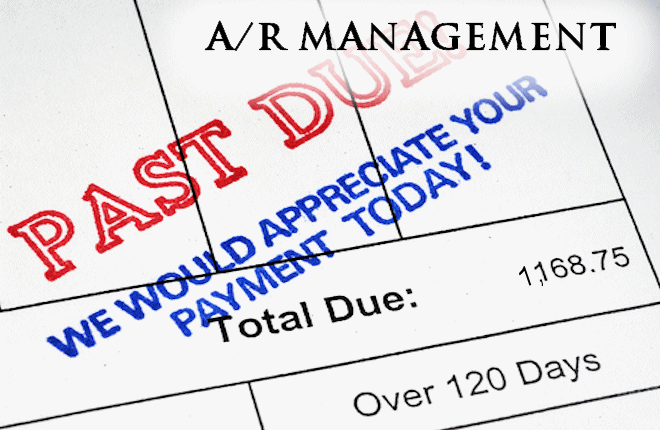Accounting
2018 Reviews of Accounts Receivable (AR) Systems
Successful business owners know that in order to remain successful, and in business, customers must pay their bills on a timely basis. A solid accounts receivable system offers a variety of features that can assist with that, including offering a ...
Mar. 19, 2018

Unless your firm or your clients operate on a cash only basis, an effective accounts receivable system is necessary for the success of the business; any business. Not only useful for managing invoices and outstanding balances, a solid accounts receivable system also helps track vital data such as customer payment history and credit worthiness. A solid accounts receivable system can ensure that not only are you aware of what exactly is owed your firm or your client’s business, but that you can be proactive when offering credit or initiating collection activity on a past-due invoice.
Yes, an accounts receivable balance is considered a business asset, but it’s only an asset as long as customers are paying their bills on a timely basis. Otherwise it becomes an albatross, strangling business growth, and ultimately being written off as bad debt.
It’s clear that business owners, like any of us, want to be paid on a timely basis. When we are an employee, we expect our paycheck to be deposited into our account on the agreed upon day. Business owners are the same. When credit is extended to a customer, it’s with the expectation that the monies owed will be paid on time – on the agreed upon date, whether that’s 15 days or 30 days from the invoice date.
Successful business owners know that in order to remain successful, and in business, customers must pay their bills on a timely basis. A solid accounts receivable system offers a variety of features that can assist with that, including offering a discount for early payment, or the threat of a penalty if payment is received late. It also allows owners to issue credit memos, apply payments to numerous invoices, and even help determine credit worthiness.
That’s why solid accounts receivable capability is an important component when looking to purchase accounting software for your business or your client’s business.
In this issue, we took a long look at a variety of accounts receivable systems that are available in popular accounting software products. These products range in functionality from basic accounting suitable for the small business, to enterprise level applications, to those designed strictly for accounting professionals. We also looked at some supporting applications that are designed to bolster accounts receivable functionality in their current accounting application. While reviewing these products, we paid particularly close attention to a variety of features and functions that are vital to any accounts receivable application. These features include:
- Accounts receivable reports
- Application of payment to multiple invoices
- Audit trail
- Credit memos
- Customer credit limits
- Customer information levels
- Customer statements
- Electronic Payment Acceptance
- Finance charges
- Integration with core product
- Integration with third-party applications
- Mobile access
- Multi-currency
- Order history
- Payment history
- Payment information
- Return authorizations
Accompanying the reviews is a chart that allows readers to quickly ascertain whether a particular feature or function is available in each of the products reviewed. However, it’s important to note that the inclusion or exclusion of a feature in a particular product may not necessarily affect the final product rating.
The products that are included in the 2018 review include:
Accounting Software Applications:
- Accounting Power (for accounting professionals only)
- Acumatica
- FreshBooks
- Kashoo
- QuickBooks Online
- Sage 50cloud
- Sage Intacct
- Thomson Reuters Accounting CS
- Wave
- Xero
Related Accounts Receivable apps:
Click here to view a comparative chart of the functions in the programs reviewed.
While a couple of products are designed exclusively for accounting professionals, others are suitable for the one-person office, or the growing business. Still others are designed for businesses with more sophisticated needs or those that have a global presence.
So whether you’re just starting a business, looking to expand your accounting practice, or currently selling your products to customers in 27 countries, you need a solid accounts receivable system that provides the features and functionality necessary for a successful business. Hopefully this issue will serve as the first step in helping you find one suitable for your needs, both today, and for years to come.
